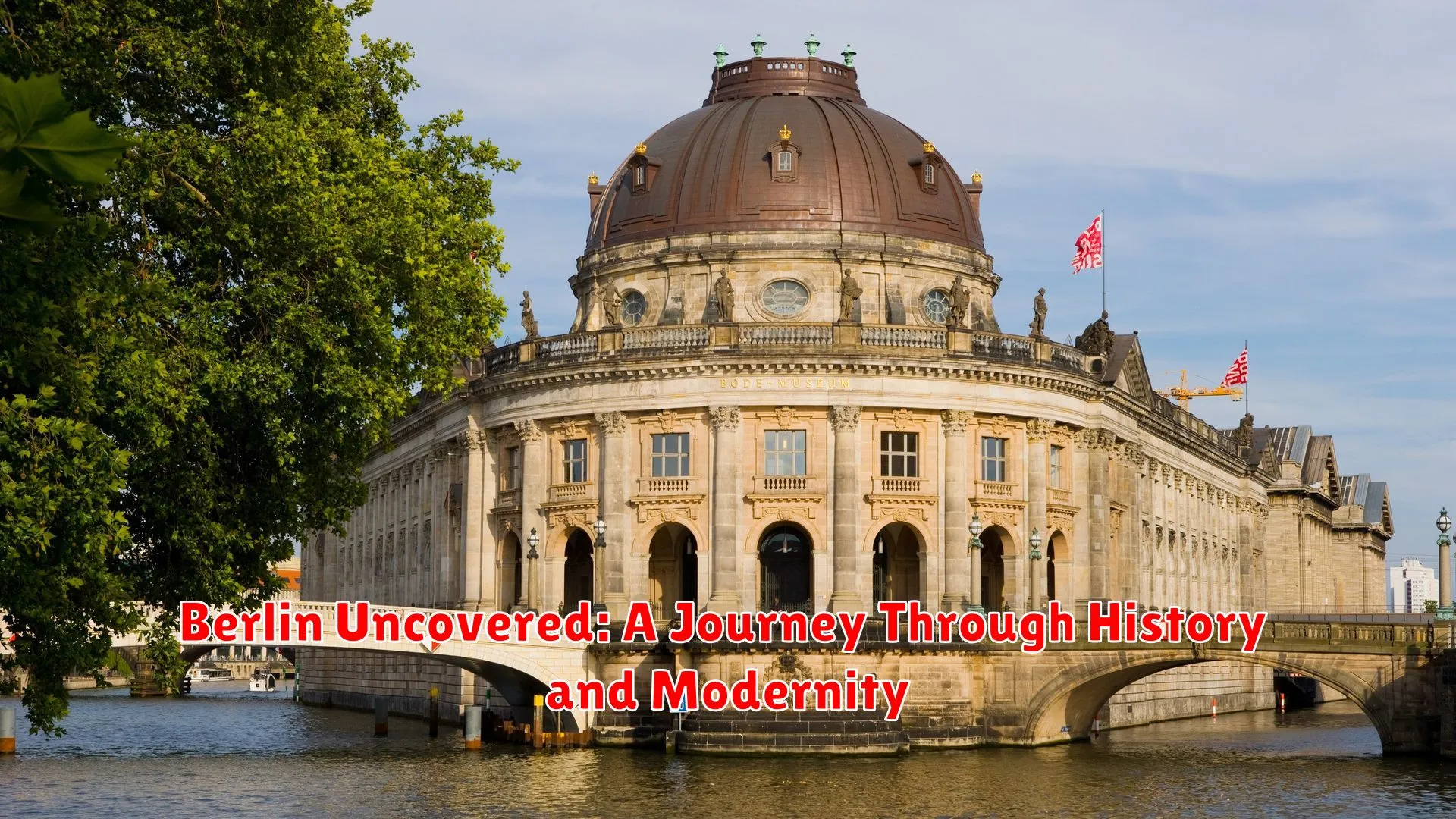Embark on a captivating journey through time and culture in Berlin Uncovered. From its rich history to vibrant modernity, explore the heart of this dynamic city and immerse yourself in its fascinating blend of past and present.
Tracing the Berlin Wall’s Legacy
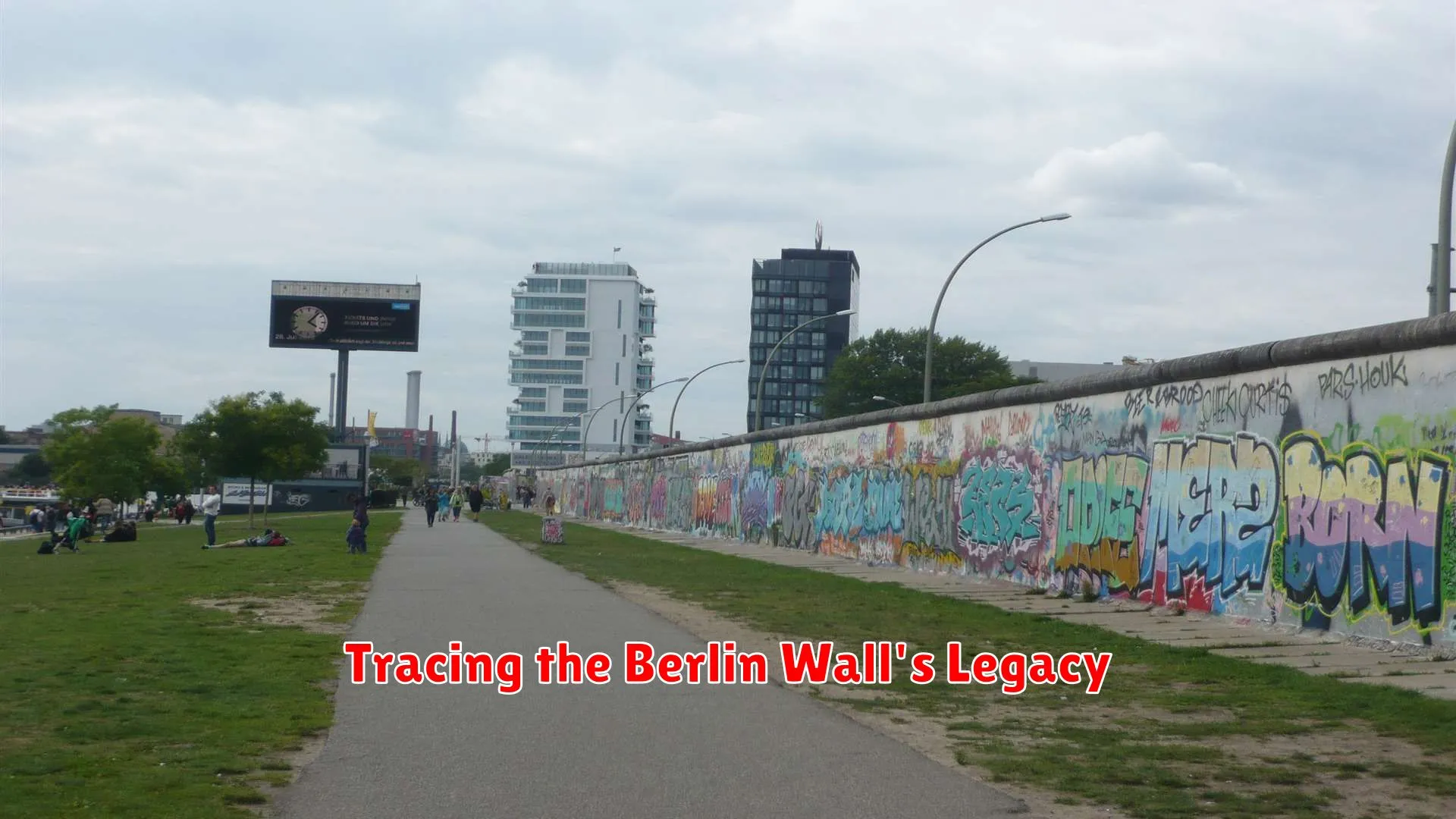
As we embark on a journey through the vibrant city of Berlin, it’s impossible to ignore the profound impact of the Berlin Wall on the city’s history and modern identity. Built in 1961 during the Cold War era, the Berlin Wall stood as a physical and ideological barrier separating East and West Berlin for 28 years.
The Legacy of Division: The remnants of the Berlin Wall, though mostly dismantled, serve as a poignant reminder of the division and suffering experienced by the city and its residents. The wall’s imposing presence shaped the lives of Berliners on both sides, leaving a lasting scar on the city’s collective memory.
A Symbol of Reunification: Following the fall of the Berlin Wall in 1989 and the subsequent reunification of East and West Germany, Berlin underwent a transformative period of rebuilding and reconciliation. Today, the city’s landscape showcases a blend of historical remnants and modern developments, symbolizing unity and progress.
Cultural Reverberations: The Berlin Wall’s legacy extends beyond physical barriers, influencing art, music, and literature that reflect the city’s tumultuous past. Artists have utilized the remains of the wall as a canvas for creative expression, highlighting themes of freedom, resilience, and hope.
Preserving History: Efforts to preserve sections of the Berlin Wall as memorials and museums aim to honor the memories of those affected by its presence. These sites offer visitors a chance to delve into the city’s complex history, ensuring that the stories of division and unity are not forgotten.
Tracing the legacy of the Berlin Wall unveils a multifaceted narrative of resilience, reconciliation, and transformation, making it an integral part of Berlin’s identity and a testament to the enduring spirit of its people.
The Vibrant Art Scene of Berlin
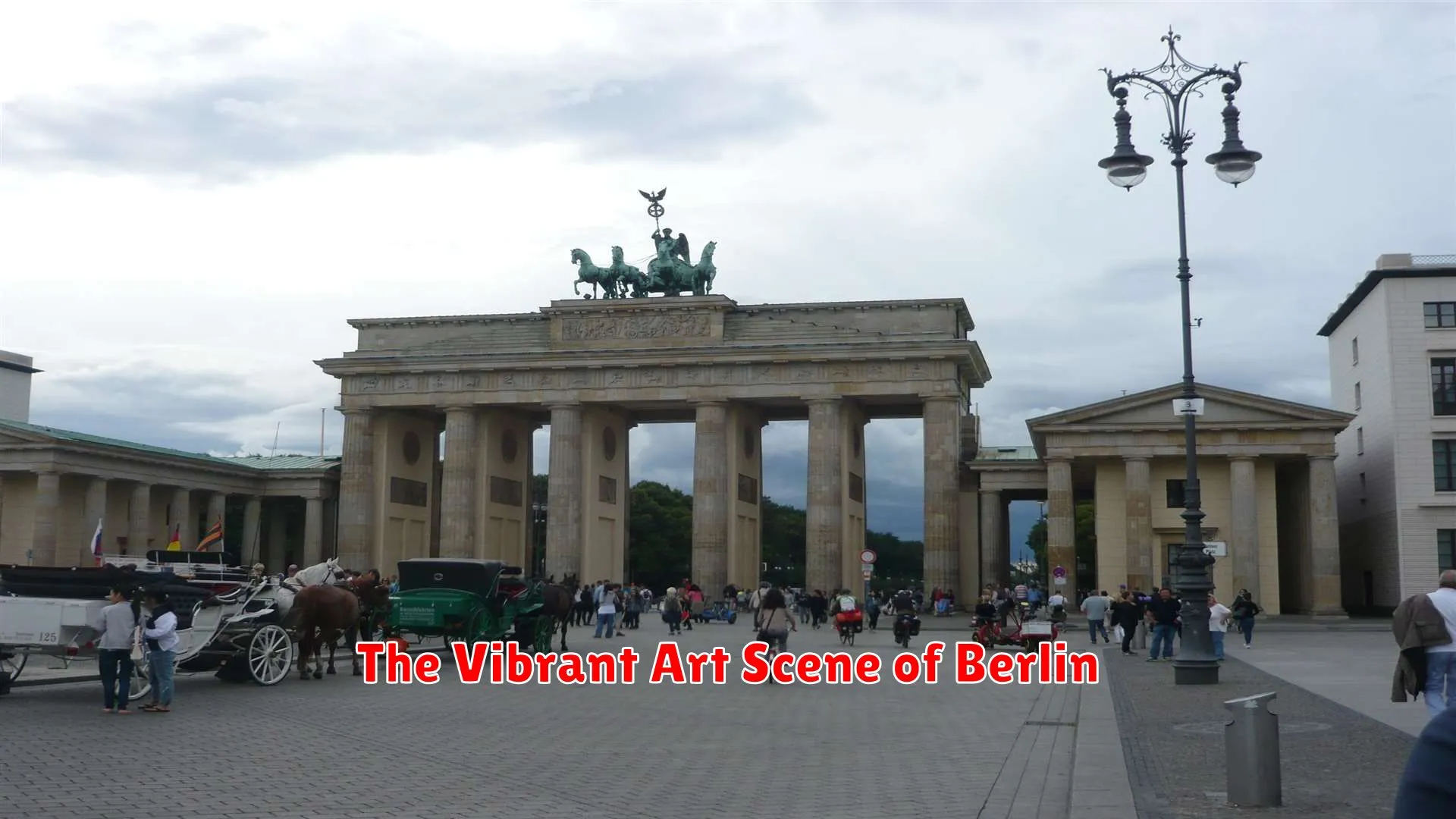
In the bustling metropolis of Berlin, art is not just a form of expression but a way of life. The city’s vibrant art scene is a testament to its rich history and creative spirit that captivates both locals and visitors alike. From world-class museums to colorful street art, Berlin offers a diverse range of artistic experiences that showcase the fusion of history and modernity.
One of the most iconic symbols of Berlin’s art scene is the East Side Gallery, a mile-long section of the Berlin Wall covered in vibrant graffiti murals. These artworks serve as a powerful reminder of the city’s tumultuous past and its journey towards unity and freedom.
Berlin is also home to a myriad of art galleries and creative spaces that exhibit both established and emerging artists. From contemporary installations to classic masterpieces, the city’s art scene embraces diversity and innovation, attracting art enthusiasts from around the globe.
Furthermore, Berlin’s cultural events, such as the annual Berlin Art Week and Gallery Weekend, showcase the city’s dynamic art scene and provide platforms for artists to engage with a global audience. These events not only celebrate creativity but also foster dialogue and collaboration among artists, curators, and art enthusiasts.
Overall, the vibrant art scene of Berlin serves as a reflection of the city’s complex identity, where history, modernity, and creativity converge to create a unique and compelling artistic landscape that continues to evolve and inspire.
Exploring Berlin’s Diverse Neighborhoods
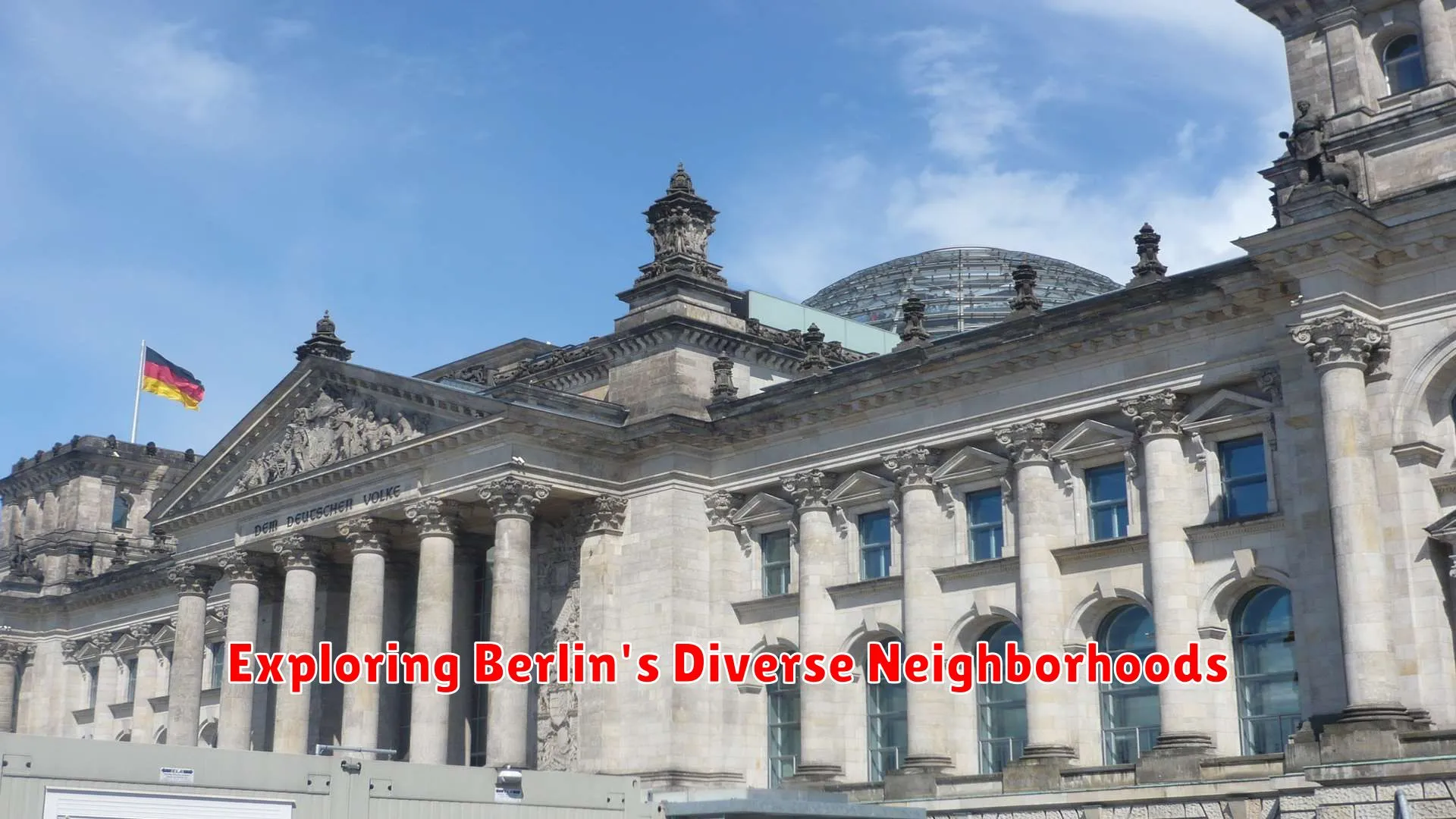
When delving into the heart of Berlin, one cannot overlook the city’s diverse neighborhoods that showcase its rich history and modern vibrancy. From the remnants of the Berlin Wall to contemporary art galleries, each district offers a unique perspective on the city’s past and present.
Prenzlauer Berg
Known for its bohemian atmosphere and picturesque streets, Prenzlauer Berg is a beloved neighborhood nestled in the former East Berlin. Wander through tree-lined avenues adorned with charming cafes, boutiques, and refurbished buildings that hint at its turbulent past.
Kreuzberg
In contrast, Kreuzberg exudes a multicultural flair, with a lively street art scene and a fusion of culinary delights from around the world. Walking along its bustling streets, visitors can witness a blend of old and new architecture, reflecting the area’s diverse population.
Charlottenburg
For a taste of Berlin’s royal history, Charlottenburg stands out with its magnificent Charlottenburg Palace, a grandiose reminder of the city’s regal past. Stroll through the elegant streets lined with upscale shops and immerse yourself in the refined ambiance of this affluent neighborhood.
Neukölln
Neukölln embodies Berlin’s dynamic transformation, evolving from a working-class district to a hub of creativity and innovation. Explore its vibrant markets, trendy bars, and cultural spaces that blend tradition with avant-garde expressions, reflecting the city’s evolving identity.
Each of these neighborhoods encapsulates a chapter of Berlin’s complex narrative, inviting visitors to uncover the layers of history and modernity that shape this dynamic city. From East to West, from past to present, Berlin’s diverse neighborhoods offer a tapestry of experiences waiting to be explored.
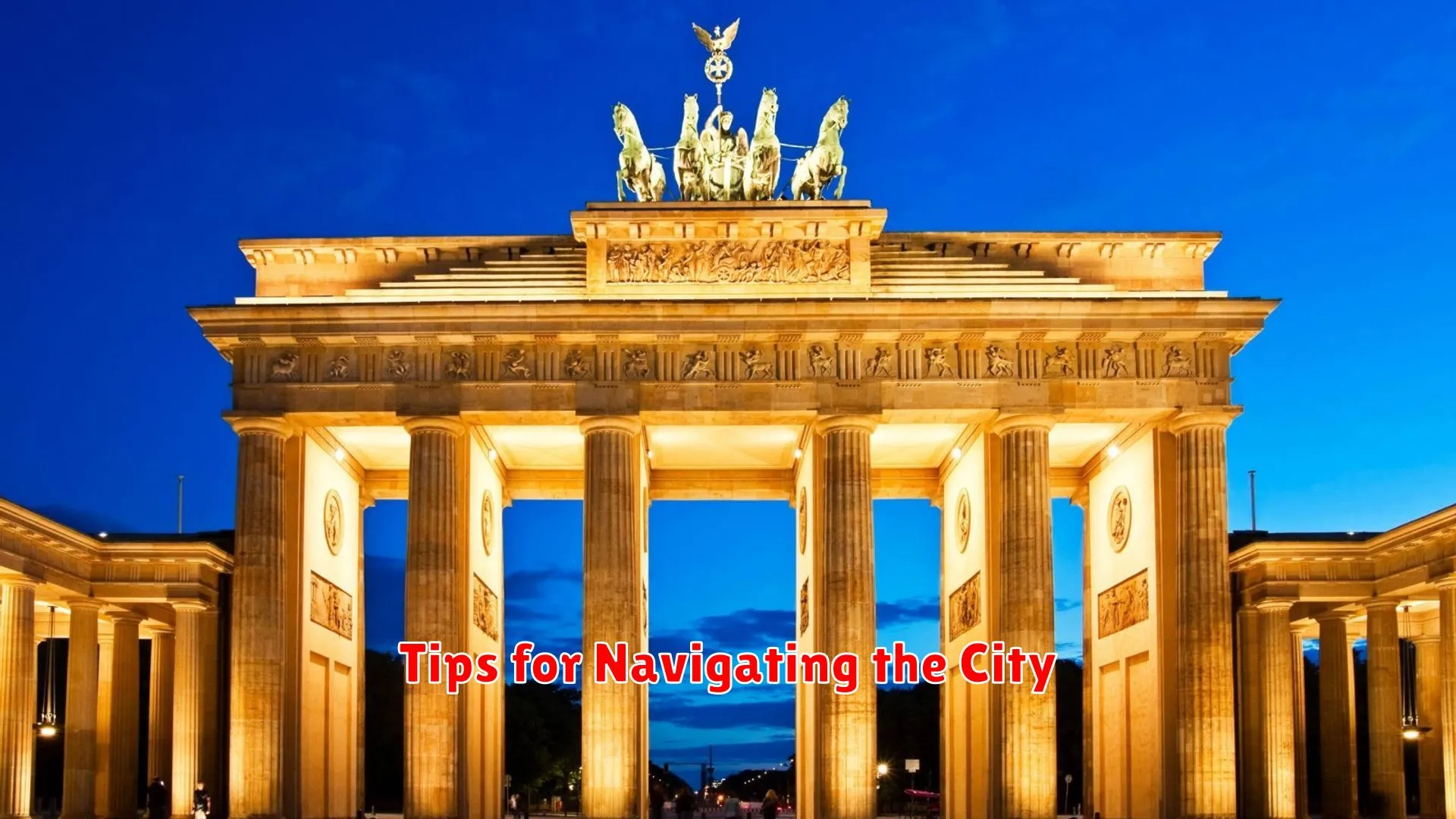
When embarking on a journey through the vibrant city of Berlin, it’s essential to have some handy tips to navigate its history and modernity seamlessly.
1. Use Public Transportation
Berlin boasts an efficient public transportation system consisting of buses, trams, trains, and the iconic U-Bahn and S-Bahn. Purchase a day pass or a WelcomeCard for unlimited travel within the city, making it easy to hop from one historic site to a trendy neighborhood.
2. Take a Walking Tour
Exploring Berlin on foot is a fantastic way to truly immerse yourself in the city’s atmosphere. Join a guided walking tour to uncover hidden gems, learn about the history behind famous landmarks, and get insider tips from knowledgeable local guides.
3. Embrace the Biking Culture
With its flat terrain and extensive network of bike lanes, Berlin is a paradise for cyclists. Rent a bike and pedal your way through the city, stopping by architectural marvels, picturesque parks, and lively markets along the way.
4. Try Local Cuisine
One of the best ways to experience the cultural fusion in Berlin is through its food scene. Don’t miss the chance to savor traditional German dishes like currywurst or explore trendy food markets offering a variety of international cuisines.
5. Visit Both Historical and Modern Sites
Balance your itinerary by visiting must-see historical sites such as the Berlin Wall Memorial and the Brandenburg Gate, while also exploring modern neighborhoods like Kreuzberg and Prenzlauer Berg to witness the city’s contemporary arts and culture scene.
Unveiling Berlin’s Technological Innovations
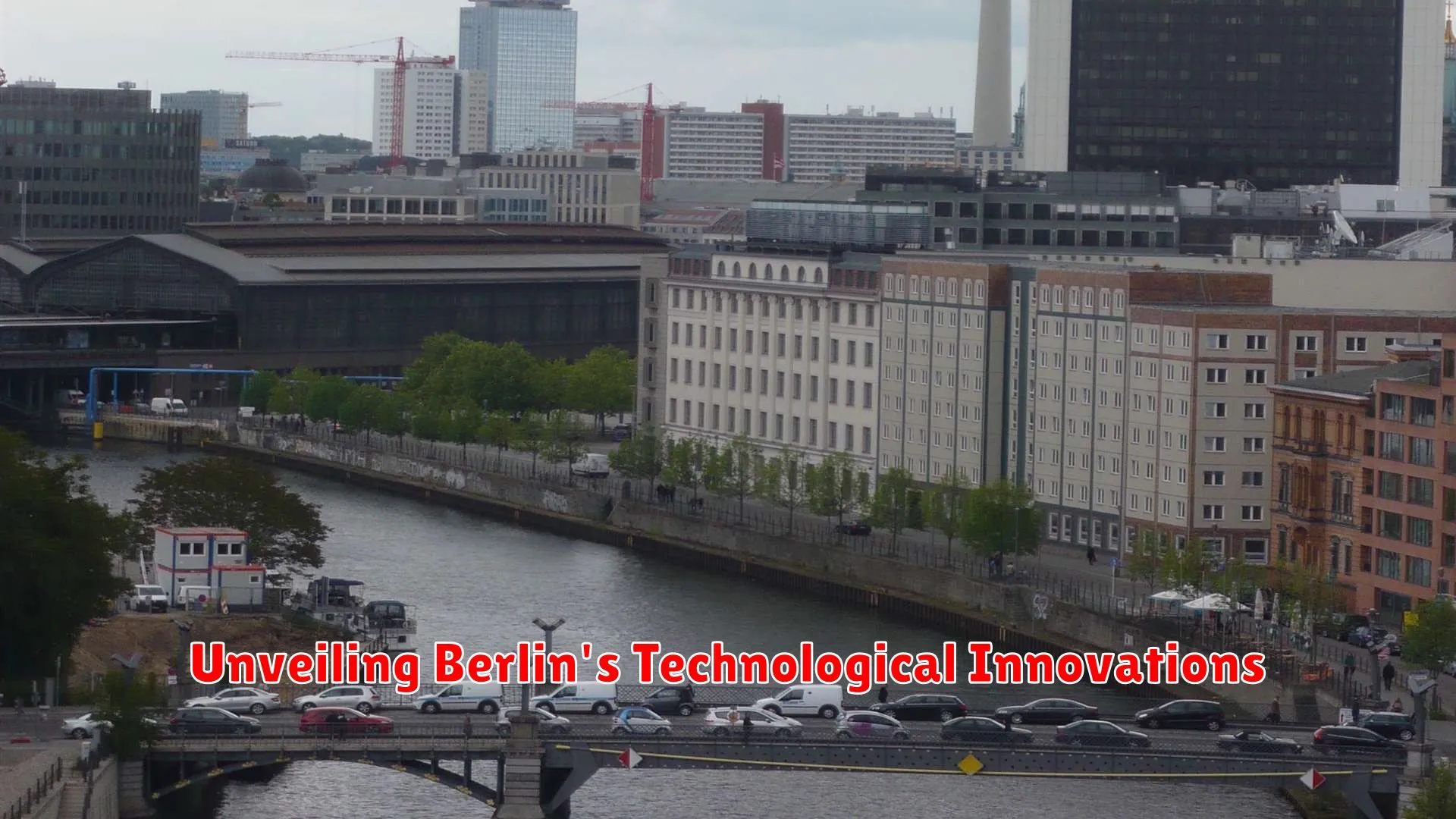
Berlin, the capital city of Germany, is not only a melting pot of history and culture but also a hub of technological innovations. As you journey through the vibrant streets of Berlin, you will be immersed in a seamless blend of the city’s rich historical past and its cutting-edge modernity. One of the key aspects that sets Berlin apart is its thriving tech scene, which has been at the forefront of innovation in various fields.
Berlin’s vibrant startup ecosystem has attracted entrepreneurs and tech enthusiasts from around the world. Known as the “Silicon Allee,” Berlin boasts a cluster of tech companies, incubators, and accelerators that have been driving forward groundbreaking ideas and projects. From artificial intelligence and blockchain technology to renewable energy and smart urban planning, Berlin is a playground for innovators seeking to reshape the future.
In addition to its bustling startup scene, Berlin is also a pioneer in sustainable technology and urban development. The city is dedicated to implementing eco-friendly solutions to combat climate change and create a more livable environment for its residents. From eco-friendly transportation systems to green architecture, Berlin’s technological innovations are shaping the city’s sustainable future.
Furthermore, Berlin’s dedication to fostering innovation is reflected in its numerous research institutions, universities, and tech hubs. Collaborations between academia, industry, and government have led to breakthroughs in fields such as biotechnology, robotics, and clean energy. This collaborative spirit and commitment to research have solidified Berlin’s position as a global leader in technological advancements.
Conclusion
Exploring Berlin reveals a city where history intertwines seamlessly with modernity, creating a vibrant and dynamic urban landscape that captivates visitors with its rich heritage and contemporary flair.

